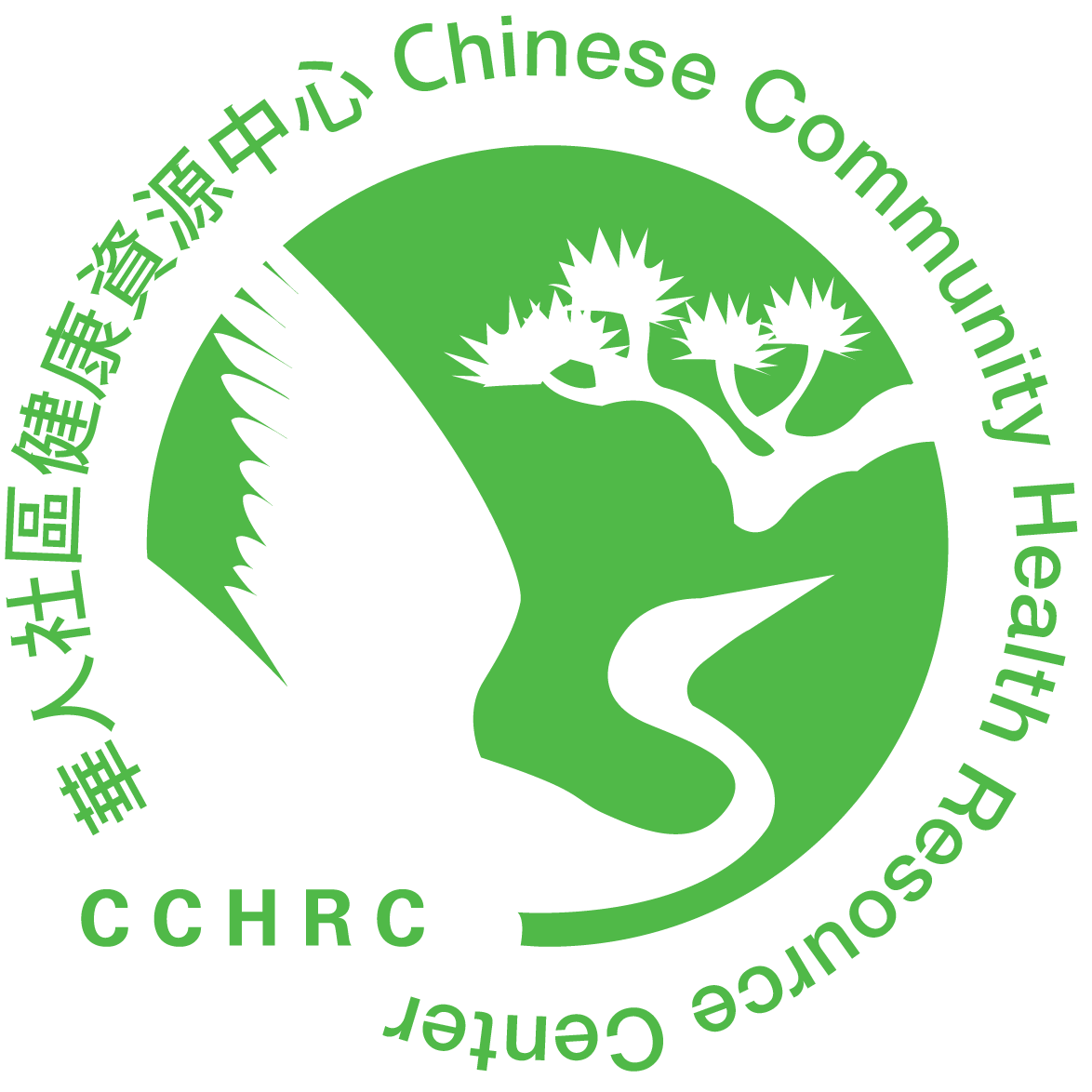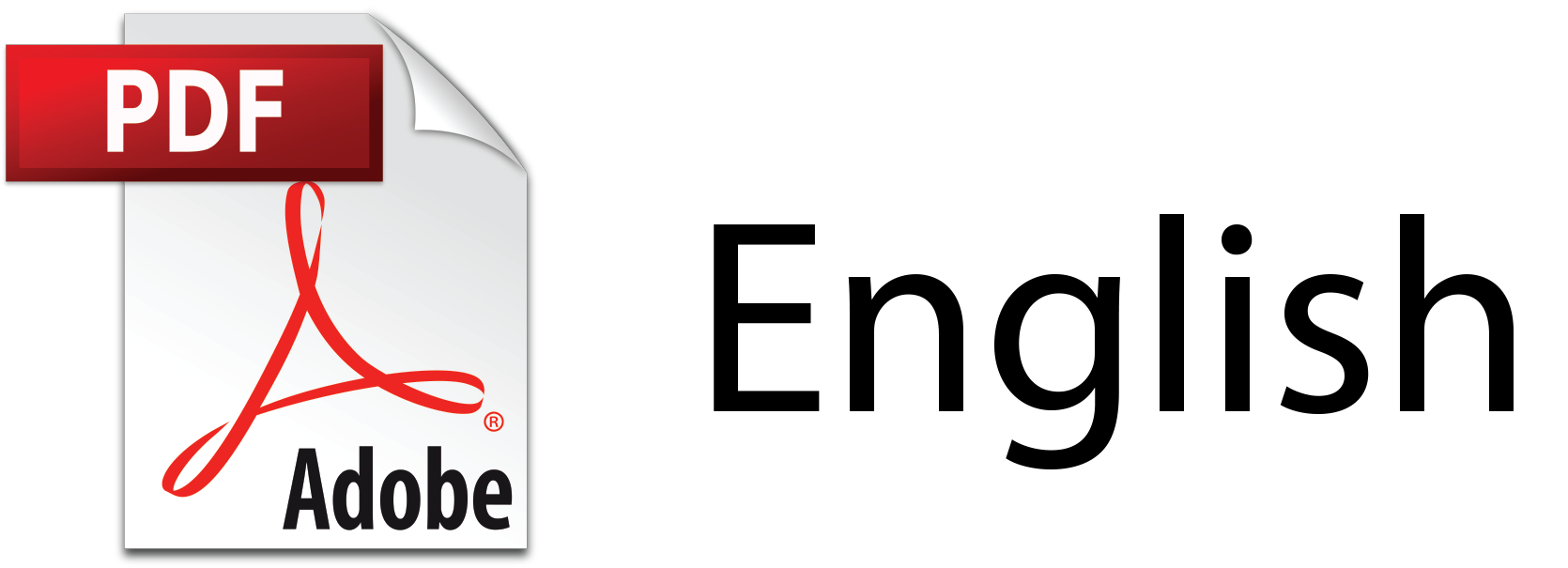What is CAD?
The coronary arteries are a network of blood vessels that wraps around the heart. They nourish the heart muscles with oxygen and nutrients to ensure normal function of the heart. CAD is the narrowing or blockage of the coronary arteries that feed the heart muscle. As a result of this process, the heart muscle does not receive enough blood and oxygen that it needs. This may not matter at rest, but if the heart tries to work harder than normal, like walking up the stairs, the coronary arteries may not be able to keep up with the heart’s demand for oxygen. This can cause chest pain (angina). If the blockage is complete, areas of the heart muscle may be damaged and/or die from lack of oxygen. This leads to a heart attack.
What causes CAD?
CAD is caused by buildup of fatty deposits within the coronary arteries, a process known as atherosclerosis or hardening of the arteries. Over time, the coronary arteries become thickened and narrowed.
Risk Factors for CAD
Uncontrollable risk factors include:
- Increasing age
- Being male (the risk for women increases after menopause)
- Family History
Controllable risk factors include:
- Tobacco smoking
- Physical inactivity
- Obesity
- High cholesterol
- High blood pressure
- Diabetes
- Stress
Symptoms of CAD
There may not be any symptoms at first, but as the fatty deposits continue to pile up and blood flow goes down, you may experience the following symptoms:
- Chest Pain (Angina) or discomfort, heaviness, tightness, or squeezing for few minutes that then goes away.
- Pain spreading to the neck, left shoulder, arms, lower jaw or back.
- Difficulty breathing, rapid heartbeat, dizziness, nausea, extreme weakness and sweating.
What is a Heart Attack?
When a blood clot totally blocks the blood supply to the heart muscle, the muscle may die. This process is known as a heart attack.
Some Classic Warning Signs of a heart attack:
- Chest Pain or Discomfort – feeling pressure, tightness, squeezing, heaviness, or pain in the center of the chest that lasts more than a few minutes.
- Upper body discomfort or pain – shoulders, arms, the back, neck, jaw, or stomach.
- Shortness of breath
- Other signs – nausea, vomiting and cold sweats, indigestion, fainting, extreme weakness or anxiety, rapid or irregular heartbeats.
Women may experience other warning signs:
- Shortness of breath
- Unusual fatigue
- Chest discomfort
- Sleep problems
- Indigestion
If you notice any of these warning signs, call 9-1-1 immediately!
Diagnosis of CAD
Your doctor will take a careful medical history and perform a physical exam. Your doctor may also order some of these tests:
- Electrocardiogram (EKG)
- Echocardiogram
- Stress test
- Angiogram
- Cardiac CT scan or MRI
- Blood Tests
Treatment of CAD
Treatment consists of lifestyle changes, medications and sometimes surgery.
Lifestyle Changes include:
- Stop smoking
- Limit alcohol
- Control high cholesterol
- Control high blood pressure
- Control diabetes
- Follow a heart healthy diet – low sodium, low saturated fat, high fiber
- Maintain regular physical activity
- Manage weight
- Manage stress
Heart Medications help to:
- Improve the heart’s ability to pump blood
- Open blood vessels to improve blood flow
- Slow down heart rate
- Reduce blood pressure
- Reduce stress on the heart
- Reduce buildup of fluid
Common Heart Medications are:
- Angiotensin Converting Enzyme (ACE) inhibitors
- Angiotensin II Receptor Blockers (ARBs)
- Beta Blockers
- Calcium Channel Blockers
- Diuretics or water pills
- Digitalis
- Vasodilators
- Lipid lowering medications
- Anti-clotting medications or blood thinners
Surgery
For persons with severe coronary artery disease, the following procedures may be needed:
- Angioplasty and/or Stent Placement – a procedure that opens blocked coronary arteries to improve blood and oxygen flow to your heart. A device, called a stent, may be inserted into your blocked artery after angioplasty to keep the artery open for a longer time.
- Coronary Artery Bypass Surgery – a healthy artery or vein from the body is connected to the blocked coronary artery to improve blood flow to the heart.
For more information about heart health:
American Heart Association
www.heart.org
Copyright © 2016-2020 Chinese Community Health Resource Center
If you would like a copy of this health article, please click on the PDF button in the language you prefer. To view the PDF document, you’ll need Adobe Acrobat, which you can download here.
Bilingual:




